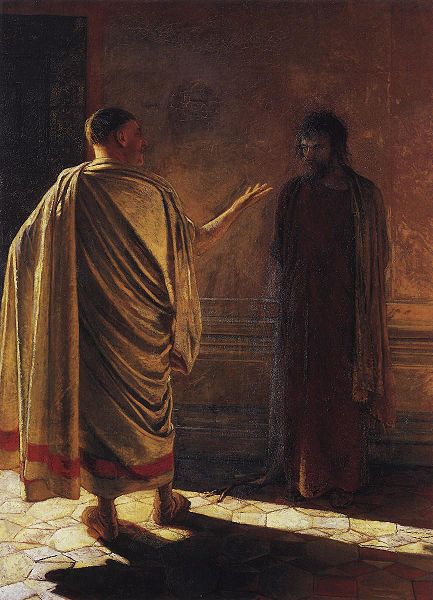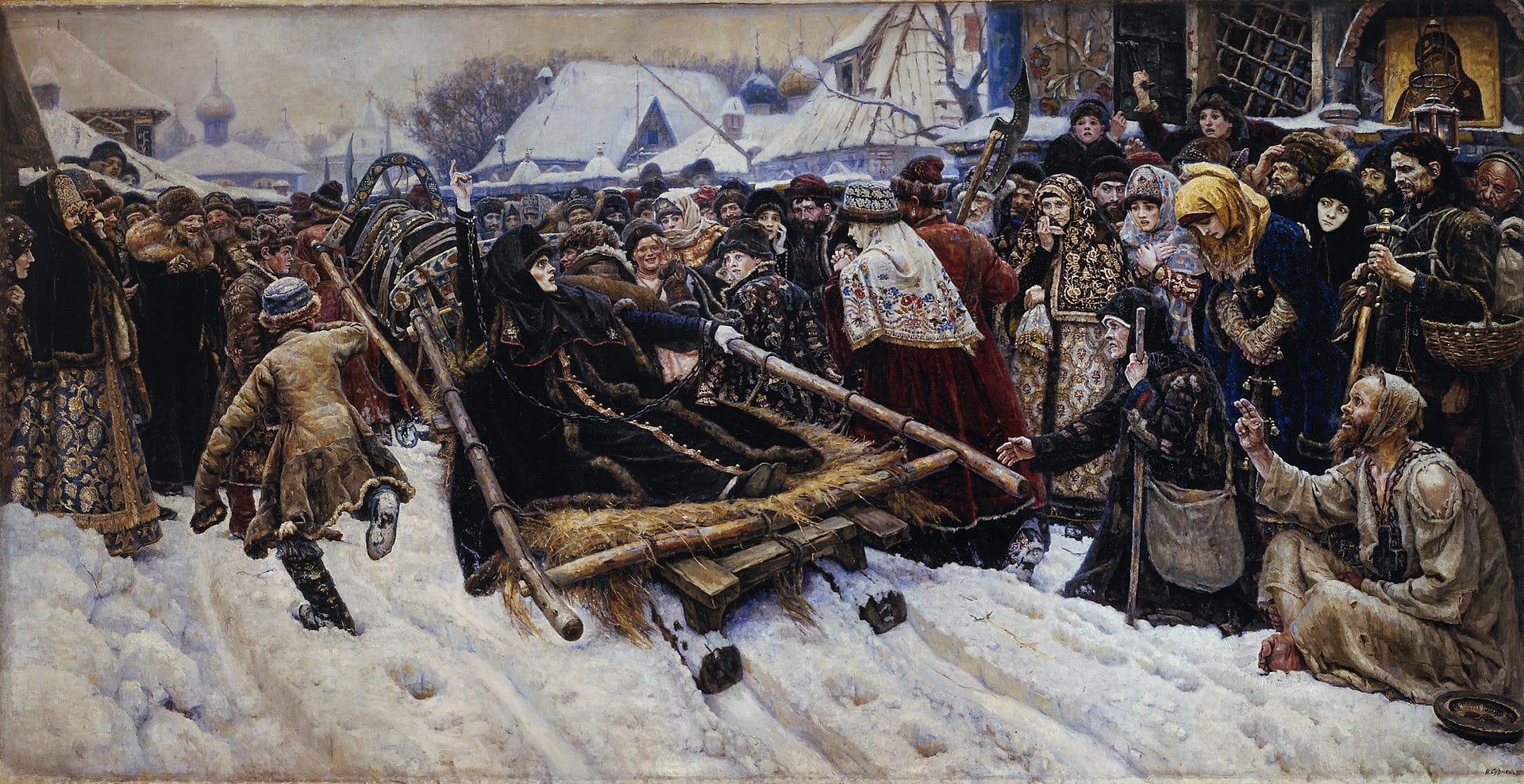Jesus Christ Superstar
In Mikhail Bulgakov's The Master and Margarita, Pontius Pilate ambivalently consigns a terrorist, who suspiciously resembles Jesus Christ, to execution. Was the novel an inspiration for the rock opera Jesus Christ Superstar? Or was it inspired by Nikolai Ge's brooding painting Quod Est Veritas? (What is Truth? Christ and Pilate)?

The original painting is in the State Tretyakov Gallery in Moscow. It was banned in 1890, as were Ge's other late paintings about Jesus and the Crucifixion, because they showed a mocking Pilate and a powerless Christ pushed into the shadows. Yet there is a dynamism in this painting that reverses their situations.
For all that, Jesus Christ is alive and well in Putin's Russia today.
He is literally being reincarnated in some cases and crucified in others, as millions of Russians have returned to the Orthodox Church and support the war against Ukraine. Others have joined new faiths, new cults, from Moldova to the Don and Volga rivers to Siberia. Some have retained the tradition of the Old Believers who resist the Kremlin and the Church, plying their own way, their own journey into exile. Interestingly, there is a similar phenomenon in the United States as traditional Catholics and Protestants move toward the certitude of the evangelical churches.

This painting shows one of the Old Believers of the 17th century being taken away for her heretical beliefs. Feodosia Morozova would die in prison. She is venerated today as a martyr by Old Believers.
